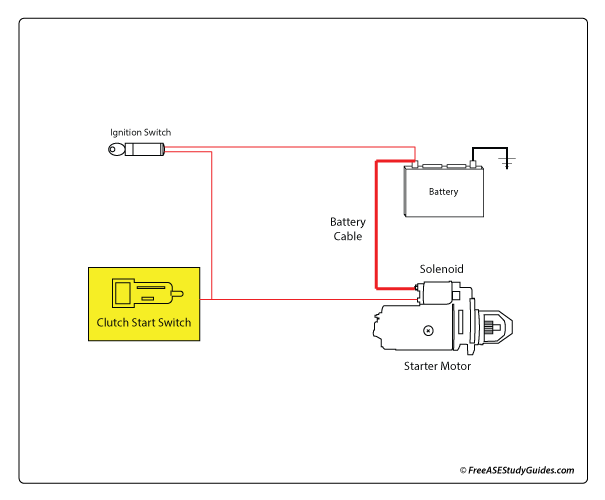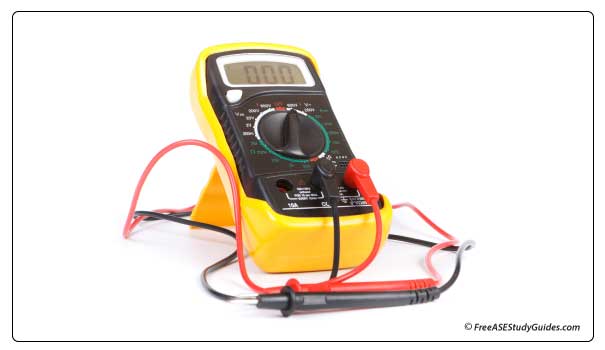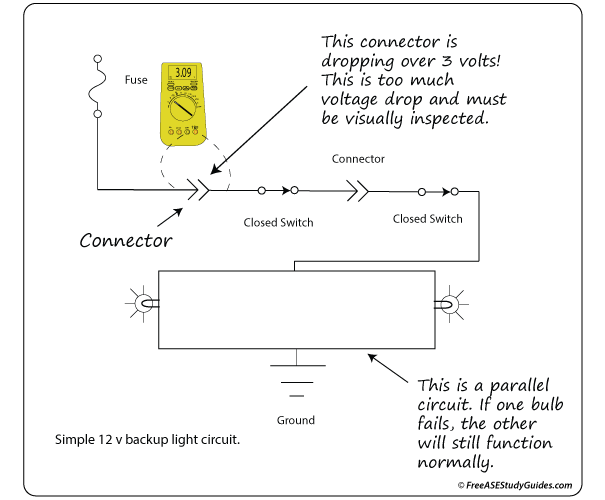Backup Light and Clutch Switches
Switches are used to control a circuit. They are either open or closed. An open switch provides no current to the load, and a closed switch allows current to flow freely. Two switches associated with a manual transmission are the backup light and clutch safety switches. A clutch safety switch is often called a clutch start switch. The backup and clutch safety switches are both simple, either on or off. Troubleshoot these switches with a fused jumper wire and an ohmmeter.

The clutch safety switch is on the pedal or the master cylinder's pushrod. This switch runs in series with the starter relay, preventing starter engagement when the switch is open. It's in its normally open position when the pedal is released. When the clutch pedal is depressed, the switch closes, completing the circuit. In this position, power runs in series through the ignition switch, the clutch switch, the starter relay, and then to the solenoid. The vehicle's starter will then engage and crank the engine.
Clutch Switch Test

Check this switch in a no-start situation. Ensure the pedal is correctly adjusted and the circuit's fuse is good. On most vehicles, disconnect the connector to the switch. Place a fused jumper wire across the connector terminals and then attempt to start the vehicle. If the engine cranks, the switch is stuck in the open position.
Use an ohmmeter to test the switch. It's located on the clutch pedal. When the switch is normally open, the meter will read infinity (~). The meter should display continuity (0.00) when the button is pushed in. This indicates a good switch.

The backup light switch is located on the transmission case. It only completes the circuit to the backup lights when the transmission is in Reverse. This switch is greatly affected by the shifter linkage. Inspect the linkage and the circuit's fuse before testing the switch if both backup lights are inoperative.